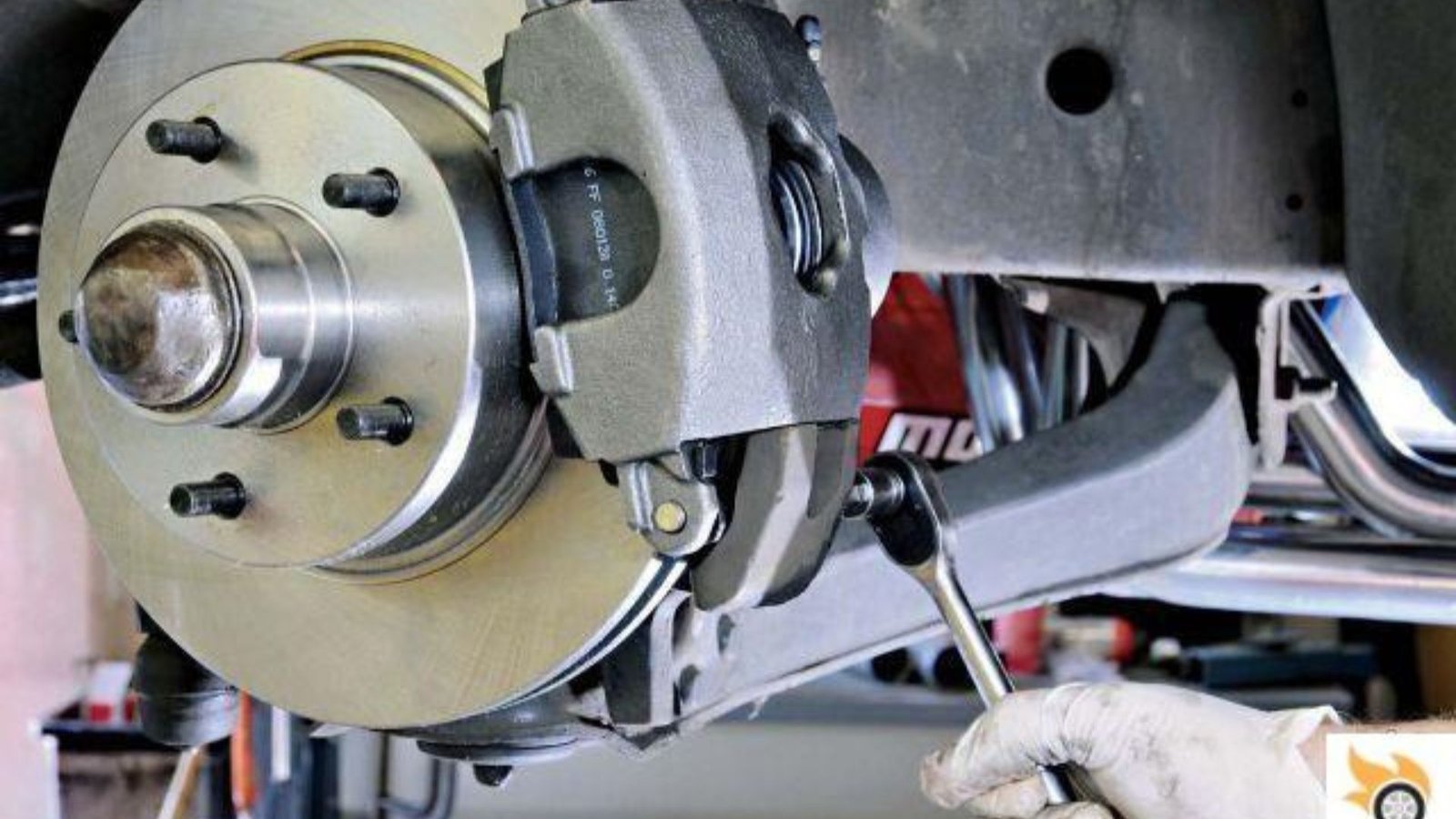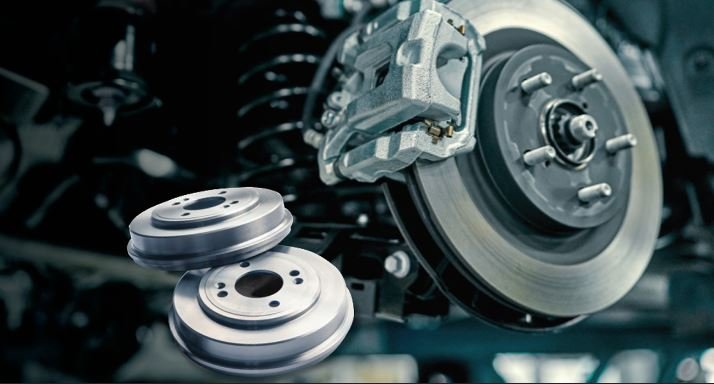Performance brake kits can significantly enhance your vehicle’s braking power, responsiveness, and safety. These kits are designed to offer improved performance over standard brake components, making them ideal for high-performance or modified vehicles. This guide will help you understand what performance brake kits are, their benefits, and key considerations when choosing one.

1. What Are Performance Brake Kits?
Performance brake kits are upgraded braking systems designed to improve your vehicle’s braking efficiency and performance. These kits often include high-performance components such as rotors, brake pads, calipers, and lines. They are engineered to offer better stopping power, reduced brake fade, and enhanced overall performance compared to stock brake systems.
2. Components of a Performance Brake Kit
Performance brake kits typically include several key components:
- Rotors: High-performance rotors are often larger and made from advanced materials, providing better heat dissipation and reduced warping.
- Brake Pads: Upgraded brake pads offer higher friction levels and better stopping power, especially under high-stress conditions.
- Calipers: Performance calipers are designed to provide more clamping force and are often constructed from lightweight materials.
- Brake Lines: High-quality brake lines can improve brake pedal feel and responsiveness by reducing flex.
3. Benefits of Upgrading to Performance Brake Kits
Upgrading to a performance brake kit offers several advantages:
- Enhanced Stopping Power: Performance kits provide greater stopping force, allowing for shorter stopping distances and improved safety.
- Reduced Brake Fade: These kits has designs to handle higher temperatures, reducing brake fade during prolonged or intense braking.
- Improved Pedal Feel: brake kits often improve brake pedal responsiveness, offering a more controlled and confident braking experience.
- Increased Durability: High-quality materials and construction enhance the longevity of brake components, reducing the frequency of replacements.
4. Choosing the Right Performance Brake Kit
Selecting the right performance brake kit involves considering several factors:
- Vehicle Compatibility: Ensure the kit has deigns for your specific make and model. Kits that are not compatible can lead to performance issues or damage.
- Driving Style: Choose a kit that matches your driving style and needs. For example, track-driven vehicles may require different components compared to daily drivers.
- Budget: Performance brake kits vary in price. While higher-end kits offer advanced features, there are also budget-friendly options that provide substantial improvements over stock brakes.
5. Installation of Performance Brake Kits
Installing a performance brake kit typically requires some mechanical expertise. Here are general steps involved in the installation process:
- Preparation: Gather necessary tools and ensure the vehicle is securely lifted and supported.
- Remove Stock Components: Carefully remove the existing rotors, pads, calipers, and lines.
- Install New Components: Follow the kit’s instructions to install the new rotors, brake pads, calipers, and lines.
- Bleed the Brakes: After installation, bleed the brake system to remove any air from the lines.
- Test the Brakes: Test the new braking system to ensure proper installation and performance.
6. Maintaining Performance Brake Kits
To ensure the longevity and effectiveness of your performance brake kit, follow these maintenance tips:
- Regular Inspections: Check the condition of the rotors, pads, and calipers periodically for signs of wear or damage.
- Proper Cleaning: Clean the brake components regularly to remove dust and debris that can affect performance.
- Timely Replacements: Replace worn or damaged parts promptly to maintain optimal braking performance.
7. Common Issues with Performance Brake Kits
While performance brake kits offer many benefits, some common issues can arise:
- Noise: Some high-performance brake pads may produce more noise compared to standard pads. Proper installation and adjustment can help minimize this issue.
- Dust: Performance brake pads may generate more brake dust, which can affect the appearance of your wheels. Regular cleaning can manage this issue.
8. Benefits of Professional Installation
Having a professional install your performance brake kit ensures that the components are correctly fit and aligned. Professional installation can prevent issues such as improper fitment or brake system imbalances, leading to enhanced performance and safety.
9. Popular Brands and Models
Several reputable brands offer brake kits, each with its own set of features and benefits. Popular brands include Brembo, EBC Brakes, and Wilwood. Research different models to find one that best fits your vehicle and driving needs.
10. Upgrading Beyond Brake Kits
For those seeking even greater performance enhancements, consider additional upgrades such as high-performance brake fluid, vented rotors, or a complete brake system overhaul. These upgrades can complement your performance brake kit and further enhance braking capabilities.
Conclusion
Brake kits offer substantial improvements over standard braking systems, providing enhanced stopping power, reduced brake fade, and better pedal feel. Choosing the right kit involves considering factors such as vehicle compatibility, driving style, and budget. Proper installation and maintenance are crucial to maximizing the benefits of your performance brake kit. By upgrading and maintaining your brakes, you ensure a safer and more responsive driving experience.




